
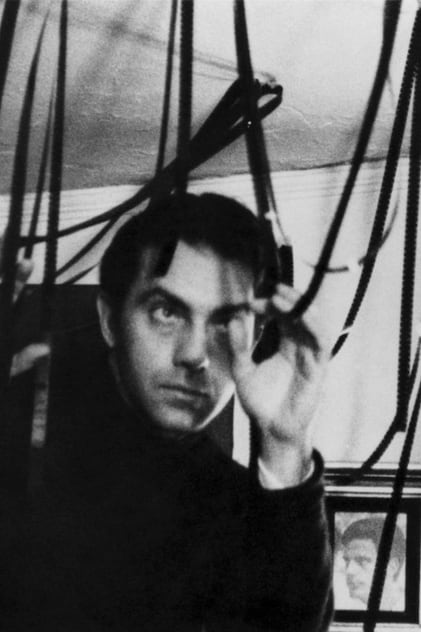
Gregory J. Markopoulos
Born: March 12, 1928
Died: November 12, 1992
in Toledo, Ohio
Died: November 12, 1992
in Toledo, Ohio
Gregory J. Markopoulos (March 12, 1928 - November 12, 1992) was an American experimental filmmaker. Born in Toledo, Ohio to Greek immigrant parents, Markopoulos began making 8 mm films at an early age. He attended USC Film School in the late 1940s, and went on to become a co-founder — with Jonas Mekas, Shirley Clarke, Stan Brakhage and others — of the New American Cinema movement. He was as well a contributor to Film Culture magazine, and an instructor at the Art Institute of Chicago.
In 1967, he and his partner Robert Beavers left the United States for permanent residence in Europe. Once ensconced in self-imposed exile, Markopoulos withdrew his films from circulation, refused any interviews, and insisted that a chapter about him be removed from the second edition of Visionary Film, P. Adams Sitney's seminal study of American avant-garde cinema. While he continued to make films, his work went largely unseen for almost 30 years.
In 1967, he and his partner Robert Beavers left the United States for permanent residence in Europe. Once ensconced in self-imposed exile, Markopoulos withdrew his films from circulation, refused any interviews, and insisted that a chapter about him be removed from the second edition of Visionary Film, P. Adams Sitney's seminal study of American avant-garde cinema. While he continued to make films, his work went largely unseen for almost 30 years.
Movies for Gregory J. Markopoulos...

Title: Early Monthly Segments
Released: September 9, 2003
Type: Movie
Early Monthly Segments, filmed when Beavers was 18 and 19 years old, now forms the opening to his film cycle, "My Hand Outstretched to the Winged Distance and Sightless Measure." It is a highly stylized work of self-portraiture, depicting filmmaker and companion Gregory J. Markopoulos in their Swiss apartment. The film functions as a diary, capturing aspects of home life with precise attention to detail, documenting the familiar with great love and transforming objects and ordinary personal effects into a highly charged work of homoeroticism. (Susan Oxtoby, Toronto International Film Festival).

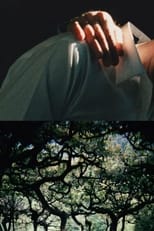
Title: The Hedge Theater
Character: Himself
Released: November 17, 2002
Type: Movie
Beavers shot The Hedge Theatre in Rome in the 1980s. It is an intimate film inspired by the Baroque architecture and stone carvings of Francesco Borromini and St. Martin and the Beggar, a painting by the Sienese painter Il Sassetta. Beavers’ montage contrasts the sensuous softness of winter light with the lush green growth brought by spring rains. Each shot and each source of sound is steeped in meaning and placed within the film’s structure with exacting skill to build a poetic relationship between image and sound.

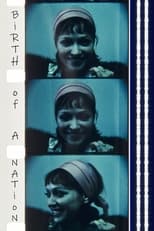
Title: Birth of a Nation
Character: Self
Released: August 6, 1997
Type: Movie
Filmmaker Jonas Mekas films 160 underground film people over four decades.

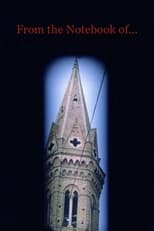
Title: From the Notebook of...
Character: Himself
Released: February 11, 1972
Type: Movie
"From the Notebook of..." was shot in Florence and takes as its point of departure Leonardo da Vinci's notebooks and Paul Valéry's essay on da Vinci's process. These two elements suggest an implicit comparison between the treatment of space in Renaissance art and the moving image. The film marks a critical development in the artist's work in that he repeatedly employs a series of rapid pans and upward tilts along the city's buildings or facades, often integrating glimpses of his own face. As Beavers notes in his writing on the film, the camera movements are tied to the filmmakers' presence and suggests his investigative gaze.

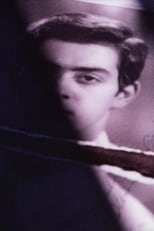
Title: The Painting
Released: January 1, 1972
Type: Movie
The Painting intercuts shots of traffic navigating the old-world remnants of downtown Bern, Switzerland, with details from a 15th-century altarpiece, “The Martyrdom of St. Hippolytus”. The Painting intercuts shots of traffic navigating the old-world remnants of downtown Bern, Switzerland, with details from a 15th-century altarpiece, “The Martyrdom of St. Hippolytus”. The painting shows the calm, near-naked saint in a peaceful landscape, a frozen moment before four horses tear his body to pieces while an audience of soigné nobles look on; in the movie’s revised version, Beavers gives it a comparably rarefied psychodramatic jolt, juxtaposing shots of Gregory Markopoulos, bisected by shafts of light, with a torn photo of himself and the recurring image of a shattered windowpane.
(J. Hoberman, The Village Voice)


Title: Heads
Character: Self
Released: December 19, 1969
Type: Movie
Includes 'portraits' of Marianne Faithfull, Thelonious Monk and 28 others, some known, some less so.

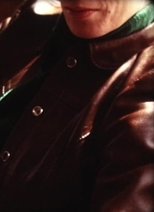
Title: Political Portraits
Character: Narrator (voice)
Released: January 1, 1969
Type: Movie
Dedicated to Dieter Meier. voice-over by Gregory Markopoulos, reading an excerpt in English translation of Paul Valéry’s L’Homme et la nuit (Man and the Night).


Title: Diaries, Notes, and Sketches
Character: Self
Released: March 1, 1968
Type: Movie
An epic portrait of the New York avant-garde art scene of the 60s.

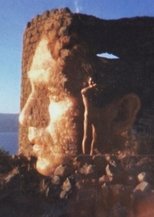
Title: Winged Dialogue
Released: December 30, 1967
Type: Movie
"Winged Dialogue details with growing clarity the desperate beauty and sexuality of the body animated by its soul, essence blindly reaching out, touching, in brilliant patterns through and beyond those of the vanishing images, expressed vividly in the after-image on the mind, on the soul’s eye." (Tom Chomont)

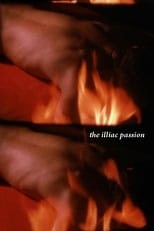
Title: The Illiac Passion
Character: Narrator / The Filmmaker
Released: December 30, 1967
Type: Movie
Prometheus, on an Odyssean journey, crosses the Brooklyn Bridge in search of the characters of his imagination. After meeting the Muse, he proceeds to the "forest." There, under an apple tree, he communes with his selves, represented by celebrated personages from the New York "underground scene" who appear as modern correlatives to the figures of Greek mythology. The filmmaker, who narrates the situations with a translation of Aeschylus' Prometheus Bound , finds the personalities of his characters to have a timeless universality.

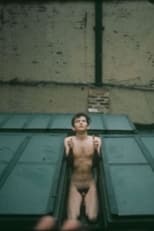
Title: Spiracle
Released: December 29, 1967
Type: Movie
Portrait studies of Mrs. Hodges, Gail Beavers (the filmmaker’s sister) and Gregory J. Markopoulos.

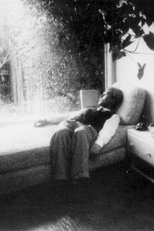
Title: The Dead Ones
Character: Paul
Released: January 17, 1967
Type: Movie
Markopoulos’ first attempt at making a 35mm feature film, clearly inspired by the cinema of Jean Cocteau, was left unfinished and the materials were lost for many years.


Title: The Death of Hemingway (An Obituary Fantasy)
Character: Narrator (voice)
Released: September 4, 1965
Type: Movie
Shot in thirty-two hours at the abandoned Baybridge Theater in Brooklyn, in cinemascope and Eastman color. The film was based on the one-act play of the same name by George Christopoulos, who also commissioned it.


Title: Award Presentation to Andy Warhol
Character: Himself
Released: September 3, 1965
Type: Movie
In 1964 Film Culture magazine chose Andy Warhol for its annual Independent Film award. The plan was to show some of Andy's films and have Andy come on stage and hand him the award. Andy said, no, he didn't want a public presentation.

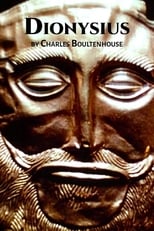
Title: Dionysus
Released: December 21, 1964
Type: Movie
In 1963 Boultenhouse wrote, produced, and directed Dionysius,which he described as a “free treatment of Euripides' The Bacchae.”It starred the dancers Louis Falco, Anna Duncan, and Nicolas Magallanes as Dionysius, Agave, and Pentheus respectively, and the experimental filmmakers Charles Levine, Willard Maas, Gregory Markopoulos, Marie Menken, Lloyd Williams and William Wood as the Chorus of Cameras. The film's score was by Teiji Ito.

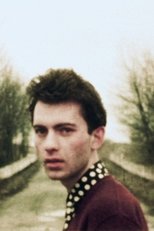
Title: Swain
Character: the protagonist, Swain
Released: December 31, 1950
Type: Movie
Swain is inspired by Nathaniel Hawthorne’s Fanshawe, features a dreamlike narrative of a young man’s ritualized rejection of heterosexuality, as a mysterious woman in white gossamer pursues him through a ruined landscape.

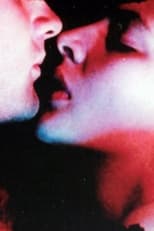
Title: Of Blood, of Pleasure and of Death
Character: The Wanderer
Released: January 1, 1948
Type: Movie
The trilogy 'Of Blood, of Pleasure and of Death' (1947-1948), which began with Psyche (1947), the first film, produced by Gregory Markopoulos in 16mm, based on an unfinished novel by Pierre Louÿs, is completed with Lysis and Charmides, both based on Platonic dialogues. Addressing themes of homosexuality, these three films illustrate a symbolic use of colour and composition. (Centre Pompidou)

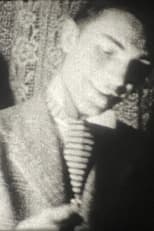
Title: A Christmas Carol
Character: Ebenezer Scrooge
Released: January 1, 1940
Type: Movie
Based on the story by Charles Dickens. Filmed in Toledo, Ohio, U.S.A. Preserved by the Oesterreichisches Filmmsuem, Vienna and Temenos Archive, Zurich.
